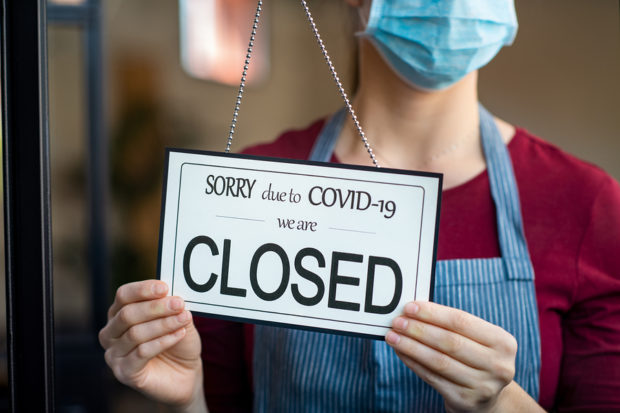There is a hole in the dam. Prior to June 14, every one of the 77 federal and 44 state court appellate decisions interpreting the meaning of “direct physical loss or damage” in a standard-form commercial property insurance policy had ruled against the policyholder. Federal courts had dismissed 96.4 percent of the 637 COVID-19 coverage lawsuits filed, and state courts have done the same to 73.2 percent of suits filed in state courts. That has all changed.
On June 14, 2022, a New York appeals court allowed the New York Botanical Garden to go forward with a lawsuit filed against Allied World Assurance Co. Inc. seeking recovery of first-party business interruption losses after it was forced to close its doors following government shut-down orders. The court found that coverage was owed under a pollution legal liability policy purchased by the New York Botanical Garden. However, that policy did not contain the usual policy language requiring a “direct physical loss or damage.”
On June 15, 2022, a Louisiana appeals court followed suit but took it one step further. It ruled that a Standard CP – ISO Policy with no virus exclusion language, which insured the owner of the Oceana Grill restaurant in New Orleans, provided coverage for “property damage” caused by COVID-19 shutdowns. The restaurant owner filed suit against Lloyds the same day it was shut down. The trial court ruled against the policyholder, who promptly appealed.
The Louisiana court of appeals was the first court in the country to rule that the shutting down of a business due to the coronavirus satisfied the property insurance policy requirement of “direct physical loss or damage.” In Cajun Conti, the court ruled that the coronavirus caused “property damage.” It held that the insurance requirement for “property damage” is ambiguous, and if policy terms are open to more than one interpretation, the policy is construed against its drafter—the insurance company. Notably, the restaurant paid $91,000 to purchase a commercial property without the usual virus exclusion due to the fact that the restaurant serves raw oysters. The restaurant sought a declaratory judgment that the insurer owed coverage for the closing of the restaurant because of the contamination to the premises by the coronavirus. The court of appeals said that “the physical presence of COVID-19 substantially diminished the usable space of the property, as tables needed to be pushed farther apart, and resulted in economic losses due to the slowdown of the appellants’ business.”
Also significant was the fact that both the New York decision and the Louisiana decision held that the insured did not have to be completely shut down to suffer “property damage.” They held that the coronavirus could cause physical damage covered by a business’s all-risk property insurance. The New York Botanical Garden ruling, in particular, held that the insurance company “failed to establish that, under the terms of the insurance policy it issued to plaintiff, contingent business interruption coverage was available only if plaintiff was completely denied access to its property.”
A CGL policy is intended to provide coverage for damage that results from “bodily injury” or “property damage.” Up until these two decisions, whether the existence of the virus constituted a physical injury to tangible property and whether loss of use of tangible property that is not physically injured may result from the mere presence of the virus had remained an open question. Some would argue that the actual intent of this policy would be to cover Vibrio infections (found in the wound, blood or stool of an ill person) and not a global viral pandemic.
The “virus exclusion” is often generally classified as a “mold” exclusion. However, they can be defined more broadly. For example, a policy exclusion for organic pathogens may define organic pathogens as any bacteria, fungus, mold, mushroom, yeast, mildew, mycotoxin or virus.
As you might expect, these rulings have sent shivers down the spine of an already fragile insurance industry. But there are still further appeals in store for each of these decisions. The jury is still out.
Should liability for government mandated COVID-19 shutdowns be dropped on the heads of CGL carriers, the concept and possibility of subrogation potential raises even more questions and concerns.





















 Is the AI Boom a Bubble Waiting to Pop? Here’s What History Says
Is the AI Boom a Bubble Waiting to Pop? Here’s What History Says  First Atlantic Hurricane Forecast for 2026 Suggests Season Close to 30-Year Norm
First Atlantic Hurricane Forecast for 2026 Suggests Season Close to 30-Year Norm  Breaking: Andersen to Replace Zaffino as CEO of AIG on June 1
Breaking: Andersen to Replace Zaffino as CEO of AIG on June 1  Why the Middle Market Matters and How Insurers Can Capture It
Why the Middle Market Matters and How Insurers Can Capture It 